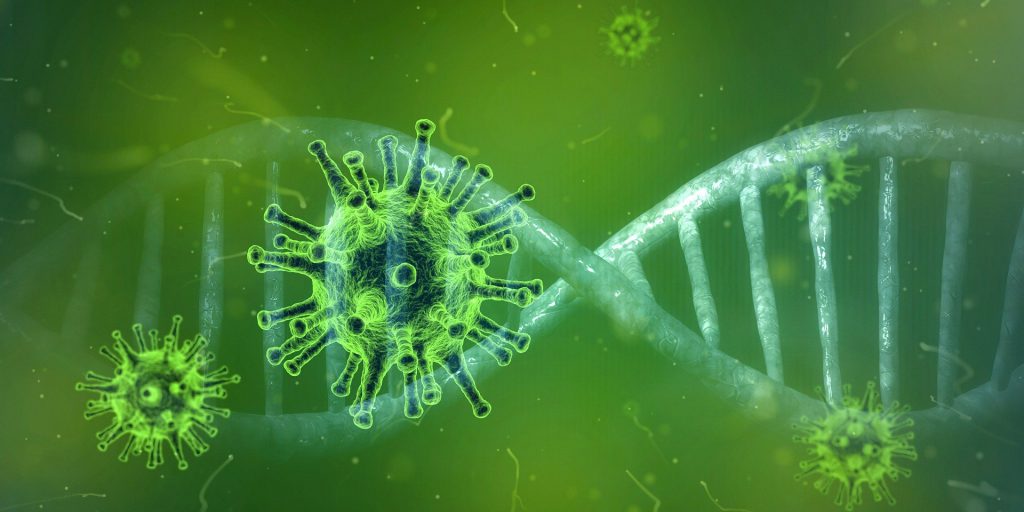
Viruses sound scary, but in fact, the co-evolution between viruses and humans has been closely linked since human origin. On the one hand, it is a substance that gives life, on the other hand, it represents a deadly poison. Viruses are indeed deadly, but at the same time, it has given the world indispensable creativity. Therefore, creation and destruction are perfectly combined again. To understand viruses and their co-evolutionary relationship with humans, one must learn the theory of biological evolution and the history of life evolution.
The enduring struggle between viruses and human hosts is a key driver of human evolution, and it can even be said that without viruses, there would be no humans. Viral DNA uses its own genes to replicate itself and is then embedded in the host’s genome. Early mammalian ancestors utilized extra viral fragments in the genome to evolve the placenta with the help of symbiotic retroviruses. And other symbiotic viruses helped us from a group of cells to a mature fetus as well and protected us from various pathogens so that we can be born smoothly. In other words, without the help of viral proteins, the original placental mammals would not have evolved, let alone later humans.
In addition, in recent years, scientists have used big data analysis to find that since humans “break up” with chimpanzees, nearly one-third of proteins’ adaptive evolution has been driven by viruses, which is natural selection. In the course of human evolution, when the plague emerged, the host attacked by the virus would either adapt to produce antibodies and survive, or it would die or even become extinct. But the death of this host is actually a “double-edged sword” for the virus; if the host dies, unless the virus immediately finds a new host, it will also die with the original host. Obviously, this is tantamount to suicide. Therefore, on the one hand, the virus has to reduce its toxicity; on the other hand, the host’s immune system will also fully fight against the virus. There are many functions of proteins in our body, and some functions can beat the virus with only minor adjustments to their properties and composition. Interestingly, recent research has shown that not only the cellular proteins of the immune system have immune functions, but also that almost all cell proteins can participate in anti-virus battles when exposed to viruses.
Human genome research in recent years has revealed that there are thousands of traces of viral genes in our genome. Frequent mutations of these viral genes and the invasion of new viral genes are happening all the time. The viruses around us are almost everywhere. It is no exaggeration to say that we live in the ocean of viruses. Zimmer, a famous American popular science writer, once wrote the book “A Planet of Viruses”. He pointed out that a large part of the genetic diversity of life on earth is contained in the virus. Moreover, much of the oxygen we breathe is also produced with the help of the virus. Even the temperature of the earth is closely related to virus activities. Part of our genome comes from thousands of viruses that infected human ancient ancestors. In fact, life on earth probably originated from viruses 4 billion years ago. The relationship between us and the virus is really “messy”. Viruses are “old friends” that we don’t want but cannot do without.
Zimmer also wrote at the end of “A Planet of Viruses” that humans, as mammals, have formed an indivisible mixture with the virus. With the viral genes removed from the body, we may not even be able to be born … Nanomaterials have unique optical, electrical, magnetic and mechanical properties, and have been attractive in the fields of biomedical imaging and clinical diagnosis. Currently, nanomaterials including metal nanoparticles, carbon nanotubes, silica nanoparticles, quantum dots, upconverting nanoparticles, and polymer nanoparticles are extensively used for virus detection. CD Bioparticles offers various nanoparticles ideal for virus detection and researches.
